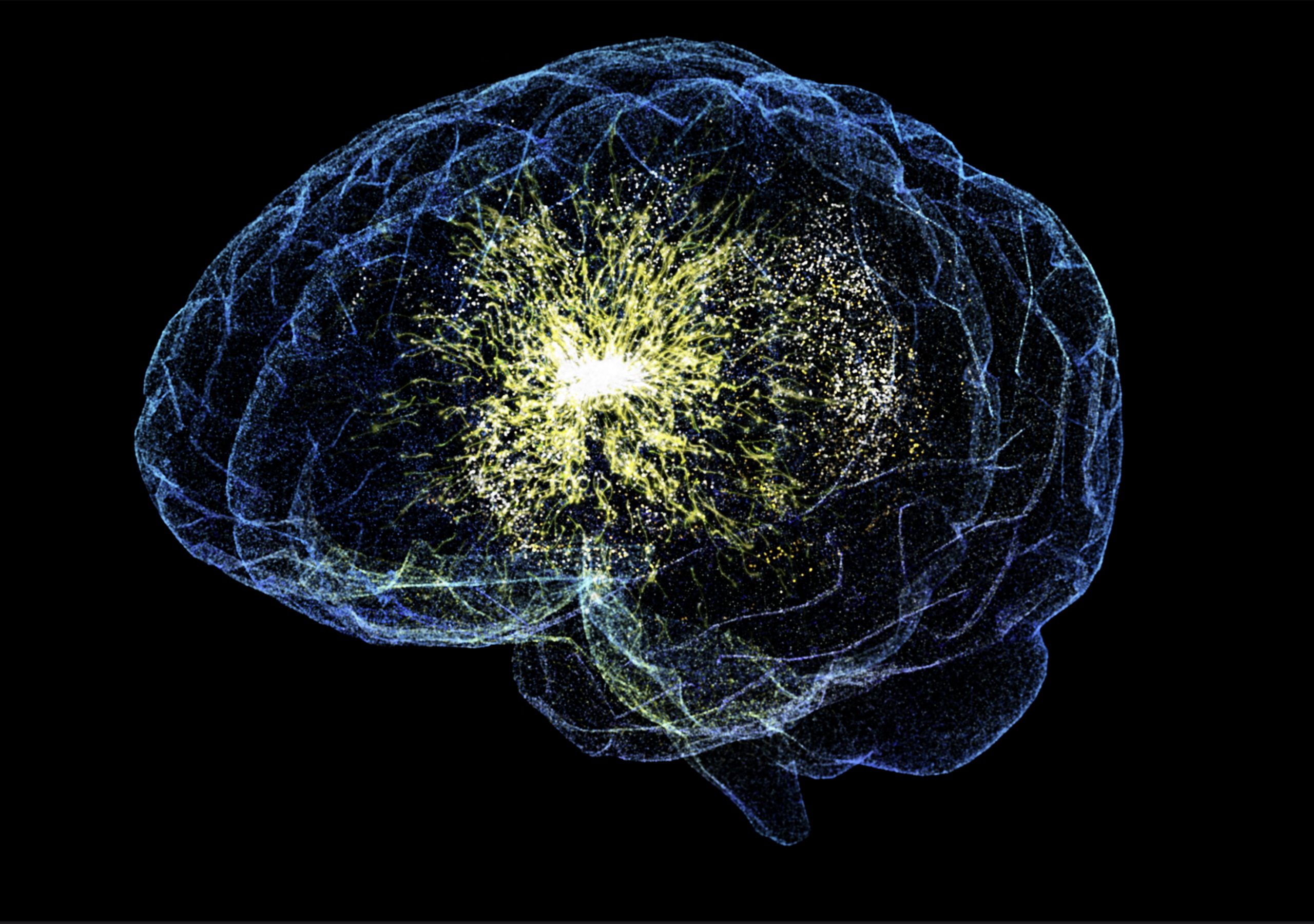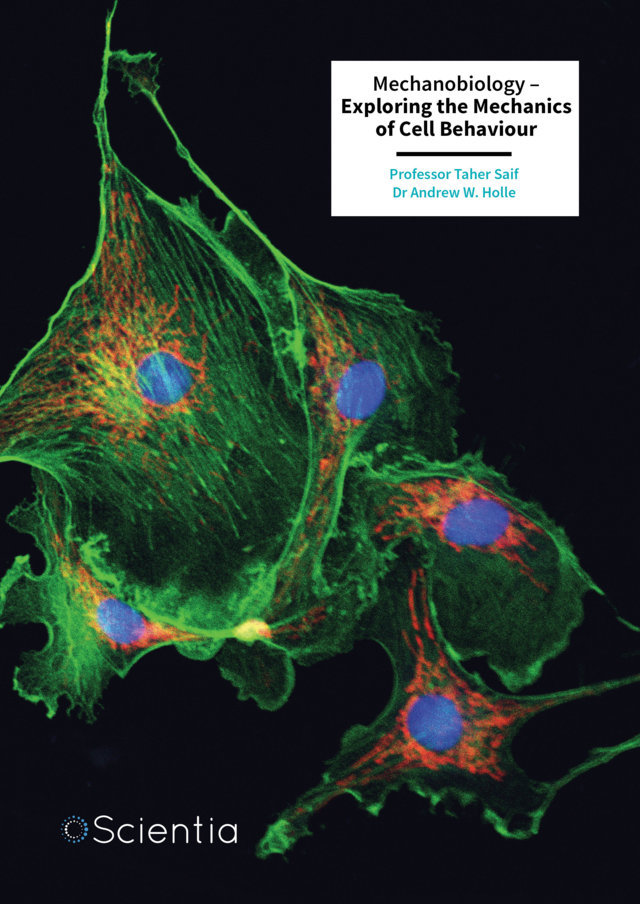The Sichuan basin in southern China is a region of deep geological and seismological complexity, which has so far prevented researchers from understanding its tectonic past. Through fresh analysis of previous observations, combined with the latest modelling techniques, a team led by Dr. Zhe Su at the National Institute of Natural Hazards, Beijing, suggests for the first time that the entire Sichuan basin is slowly rotating. Their result could explain the origins of one of the deadliest earthquakes in living memory, and could also help seismologists to better predict when earthquakes will strike the region in the future. More
In 2008, Sichuan was struck by one of the most devastating earthquakes in human history. Claiming over 87,000 lives, and leaving many others injured and homeless, the initial earthquake caused buildings to sway in cities as distant as Shanghai, some 1,700 kilometres away. It also triggered secondary events including an unprecedented number of landslides in the region, which only added to the devastation.
Yet despite its immense and enduring impact, seismologists today are still uncertain of the mechanisms which could have caused such a catastrophic event. One of the main reasons behind their uncertainty is the deeply complex tectonics of the Sichuan basin.
Lying directly to the east of the Tibetan Plateau, the basin is known to be seismically active due to the tectonic movements of the plateau. However, since the geology and tectonics of the region are so varied, it has so far proven difficult to determine how such a large earthquake could have occurred in the Sichuan basin – and in turn, to predict when and where similarly devastating events may occur in the future.
Through new analysis of the tectonics and geology of the Sichuan basin, Zhe Su and his collaborators have discovered that the earthquake likely occurred because of the twisting of the entire Sichuan basin – driven by lateral movements of the Tibetan Plateau, combined with the relative orientations of major fault lines surrounding the basin.
The Tibetan Plateau is a vast region of high elevation, created by the northward movement of the Indian plate as it collides with the Eurasian plate. The same movement is also responsible for the Himalayas – the highest mountains on Earth.
But as well as causing this vertical pileup, the immense compressional forces created in this collision are also causing the Tibetan Plateau to move laterally across Earth’s surface. Through a process named ‘escape’, the Plateau is being squeezed to the east and southeast towards southern China and Southeast Asia, where the elevation is lower. In the process, it creates a diverse range of geological features such as mountain ranges and basins – including Sichuan.
This motion doesn’t occur smoothly, however: in regions where escape occurs, the Tibetan Plateau is split into smaller fragments, which slide past each other horizontally. The directions of these movements are guided by the relative orientations of the fault lines separating each fragment.
To investigate the consequences of this unique tectonic landscape in more detail, Su’s team, which also included Roland Bürgmann at the University of California, Berkeley, and Erchie Wang at the Chinese Academy of Sciences, combed through the results of previous geological and seismic studies of the Sichuan basin, as well as recent GPS measurements.
These observations enabled them to consider a wide range of different factors: including the depths of previous earthquakes in the region, and the relative orientations of fault lines in the vicinity of the basin.
Further clues could also be gathered from similarities between spatially separated geological features in the region. By recognising how geological features have been broken apart and separated by tectonic activity, the researchers could predict how different fragments of the Tibetan Plateau have moved relative to each other over the past few millions of years.
Based on these observations, the team used advanced computer modelling techniques to accurately predict how these laterally moving fragments have extruded southwards and eastwards over the past few millions of years.
Altogether, this analysis revealed that a large fraction of recent earthquakes in the Sichuan basin have occurred at depths between 8 and 25 kilometres below the ground – where the rock is far more rigid than in the shallower sedimentary layers of the basin.
On top of this, Su and his collaborators concluded that the fragment of the Tibetan Plateau adjacent to the basin is being squeezed between two major fault lines: one oriented diagonally to extrude sideways and upwards against the Sichuan basin; and the other oriented to guide the southeastward escape of the fragment. Together, these faults work to ‘twist’ the basin as the fragment continues its escape.
Altogether, these clues yielded a striking result: that the entire Sichuan basin is slowly rotating counterclockwise. Based on their geological observations, Su’s team concluded that this movement has so far occurred in two distinct stages: the first of which occurred around 12 million years ago, when the soft upper layers of the basin began to crumple and fold.
The second and current stage began between 4 and 2 million years ago, when the basin’s deeper, harder rocks started to rotate and crack. It is this stage of motion which was ultimately responsible for the 2008 earthquake: triggered by a buildup of stress along the diagonally oriented fault line, which was suddenly released in a single, catastrophic event.
If the team’s conclusions are correct, they will have solved a long-standing mystery surrounding the tectonic origins of the Sichuan earthquake, and also provide deeper insights into the intricate tectonics of the Sichuan basin.
By accounting for the basin’s rotation, Su and his collaborators now hope that seismologists may be able to better predict when similarly devastating events are likely to occur in the future. In turn, this could help them to develop better early warning systems, which may ultimately help to save many thousands of lives.







